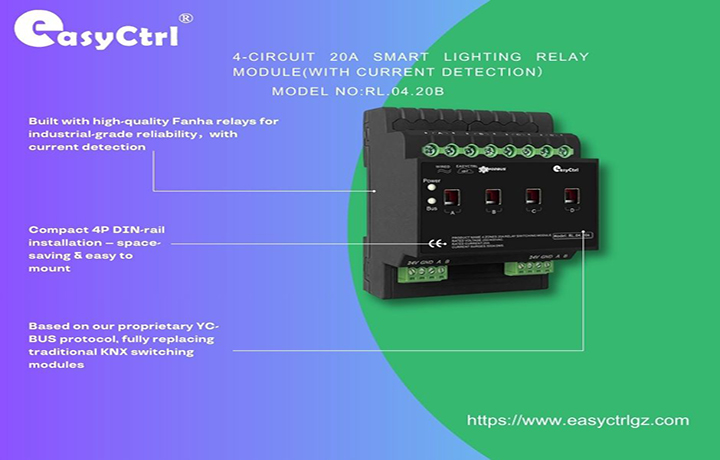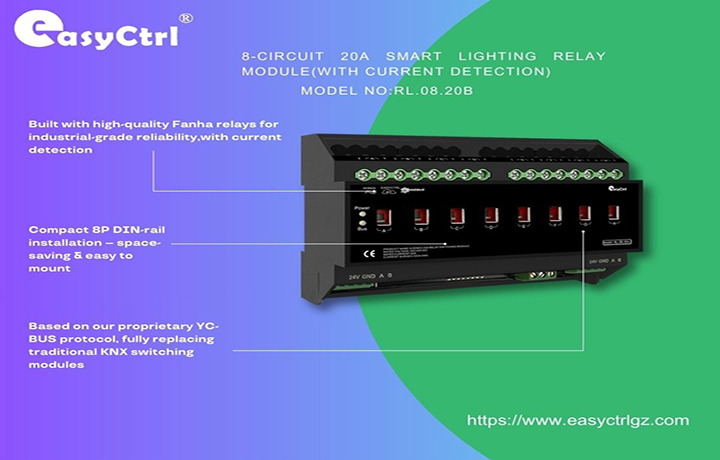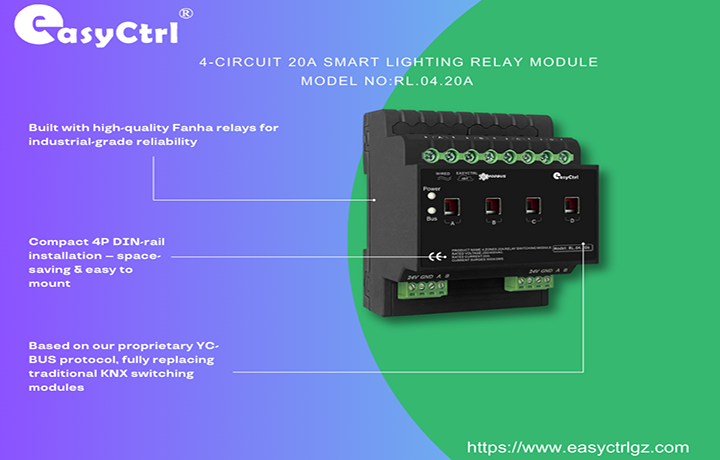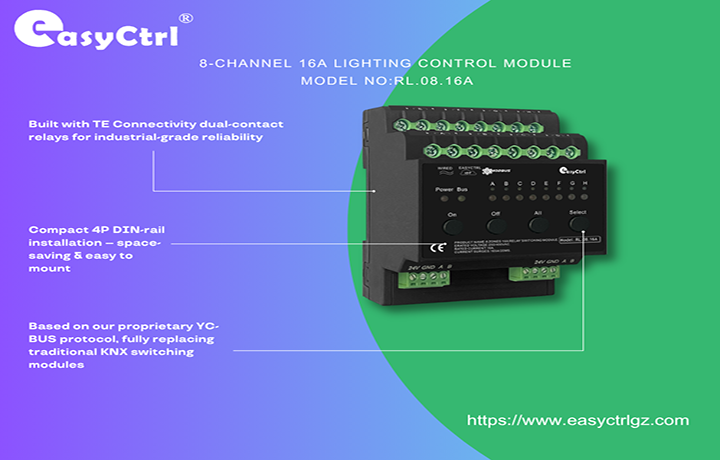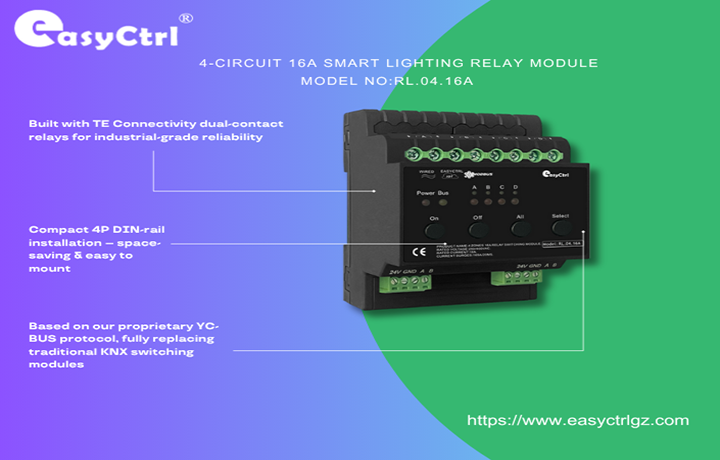Integrated Video-Based Intelligent Lighting System
 01 Jul, 2025
01 Jul, 2025In intelligent lighting control systems, achieving the effect of “lights on when people arrive, lights off when they leave” is typically done using infrared motion sensors combined with dry contact modules to trigger scenes. However, deploying multiple infrared sensors in specific public areas increases the complexity of system logic and raises both installation and equipment costs.
Is there a better solution?
Yes — using smart cameras with dry contact output in each designated public area can effectively achieve the same result with greater efficiency and lower overall cost.
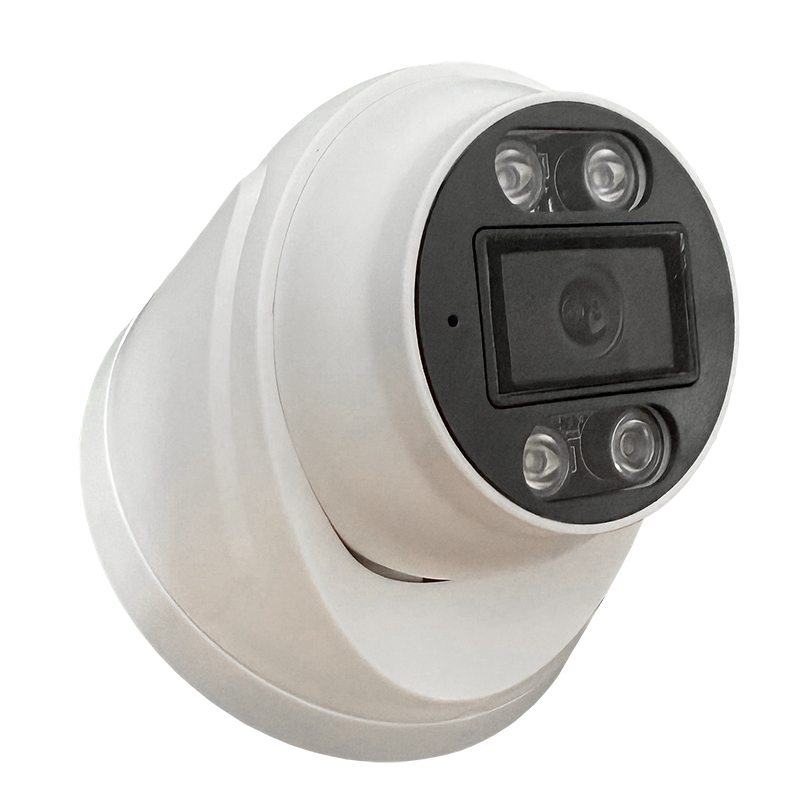
Here is the system architecture diagram.
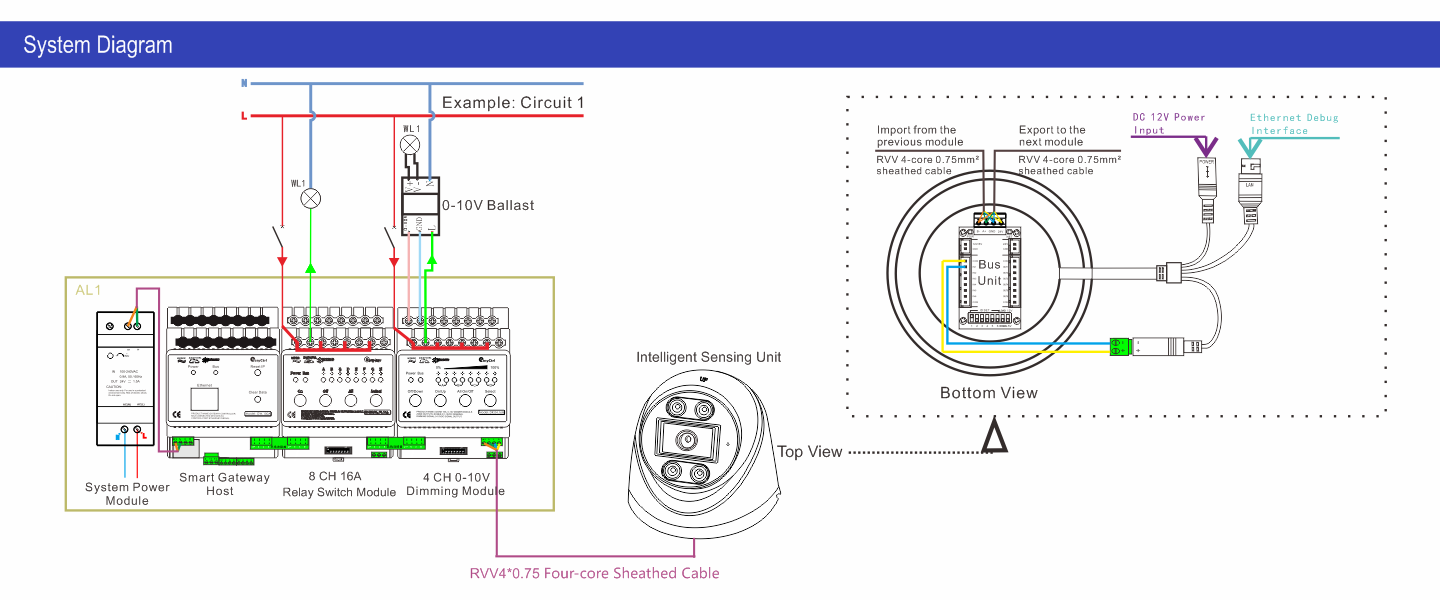
The smart camera connects to the YC-BUS system via a dry contact module. With the help of the gateway configuration software, appropriate lighting scenes can be set up.
When the smart camera detects human presence within the area (typically within a 4 to 8-meter range), it uses internal algorithms to output a dry contact signal to the intelligent gateway. The gateway then triggers the pre-set scene — for example, turning on a specific channel of the smart switch module, or setting one channel of the 0–10V dimming module to 50% brightness. Conversely, when no one is detected in the area, the smart camera sends a signal via the dry contact module to the gateway, which then triggers the corresponding “no-person” lighting scene.
Conclusion:
This integration of video surveillance and intelligent lighting control effectively addresses the drawbacks of traditional solutions that rely heavily on numerous infrared sensors — such as high cost and system complexity. It is an ideal and optimized solution for modern intelligent lighting control applications.








